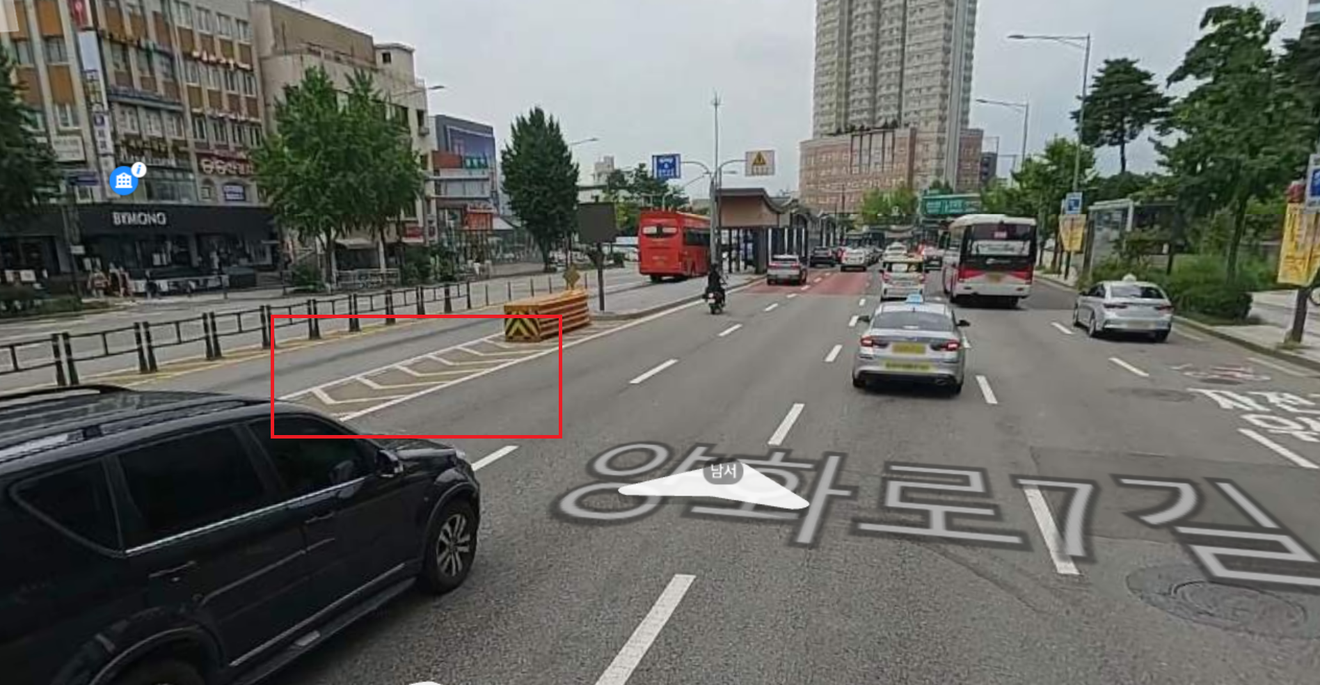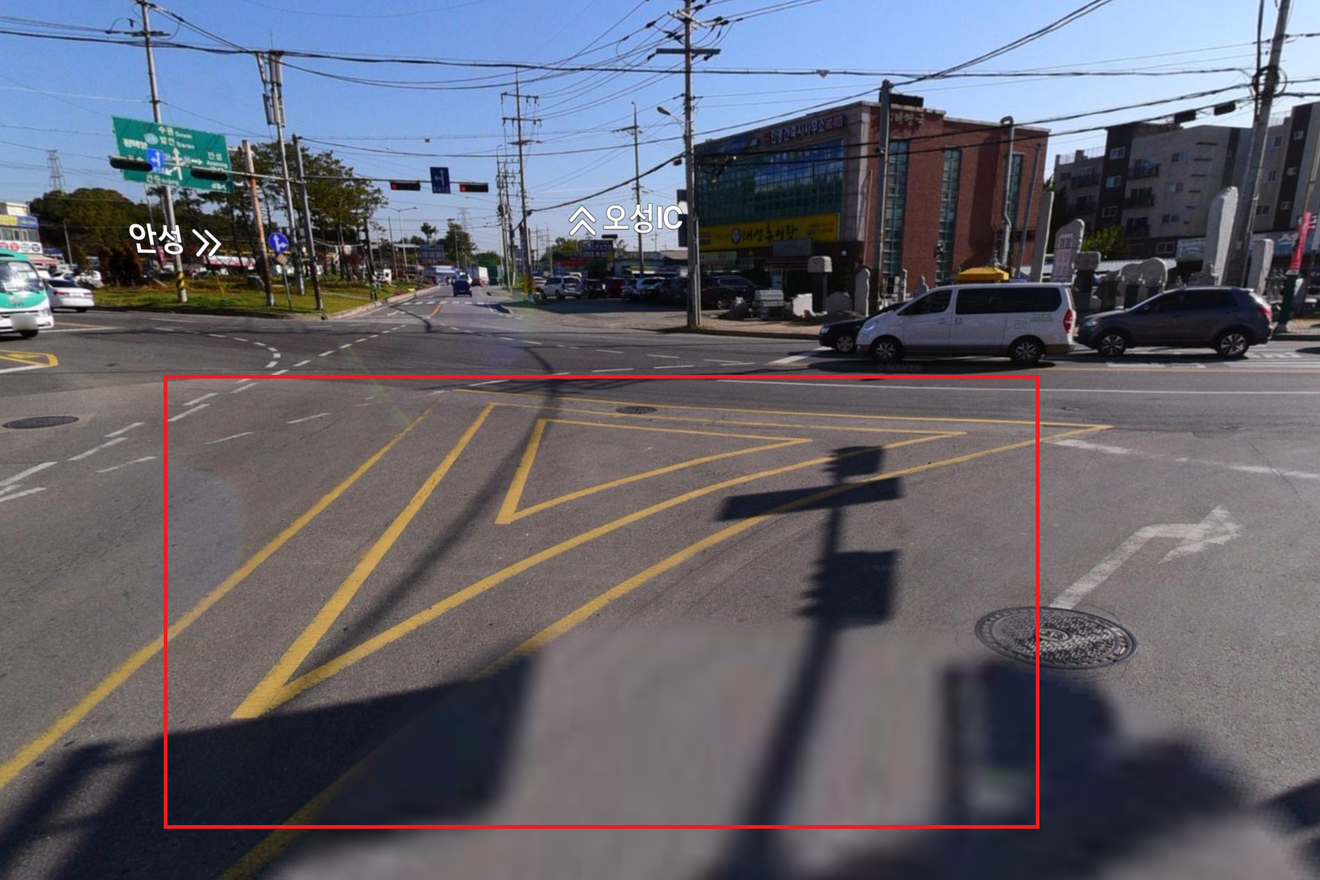Subject
- #Vehicle Safety
- #Traffic Island
- #Traffic Flow
- #Road Safety
- #Pedestrian Safety
Created: 2024-11-07
Created: 2024-11-07 12:52
Traffic islands, frequently seen on city roads. While the name might seem confusing, they are actually important traffic facilities we encounter often. This article will explore what traffic islands are, their function and necessity, and the convenience they offer.
Traffic island(traffic island)is a small island-like space created at specific points on a road to safely manage the movement of pedestrians and vehicles. Generally, it's used as a space for pedestrians to wait while crossing crosswalks, and it also plays a role in smoothly adjusting vehicle movement or drawing drivers' attention.
Traffic islands perform more than just separating space; they have various functions to ensure road and pedestrian safety.
Pedestrian Safety: They provide a space for pedestrians to wait in the middle of the road while crossing, increasing safety. Especially on wide roads or where traffic is heavy, pedestrians can wait at the traffic island for the signal, providing a safer environment.
Traffic Flow Adjustment: Traffic islands play a crucial role in regulating traffic flow. They guide vehicles to smoothly turn or change lanes, and by guiding movement in only one direction around the traffic island, they reduce congestion.
Driver Attention: Traffic islands also serve to draw drivers' attention on the road. This encourages them to reduce speed or adjust their course, contributing to accident prevention.
Traffic islands are classified into various types depending on their location and function.

Bus Stop Traffic Island: It acts as a branch for bus stops, allowing drivers to anticipate the separation of space as they approach.

Central Traffic Island: Located in the center of the road, providing a safe waiting area for pedestrians crossing. This central traffic island is a facility designed to maximize pedestrian safety and is often seen on wider roads.
Rotary Traffic Island: Located in the center of a rotary or roundabout, guiding vehicles to rotate in one direction. These traffic islands help to smooth traffic flow and reduce collisions at intersections.
Separating Traffic Island: Separates road directions, guiding vehicles to move only in designated directions to prevent accidents.
Traffic islands are traffic facilities that consider both safety and efficiency. They play a significant role in ensuring the safety of pedestrians and vehicles and alleviating road congestion. Furthermore, traffic islands encourage drivers to use the roads more cautiously, helping to prevent traffic accidents.
Specifically, traffic islands allow pedestrians to cross roads safely, and vehicles are guided around the traffic islands, reducing unnecessary congestion. As a result, traffic islands provide a safe and convenient road environment for both pedestrians and drivers.
In Korea, traffic islands can be found on many roads and intersections. For example, traffic islands are installed at major intersections and roundabouts in Seoul to ensure the safety of pedestrians and vehicles. Recently, landscaping has been added to traffic islands to improve urban aesthetics. This change is expanding the role of traffic islands from simple traffic facilities to enhancing the value of the city.
So, we should report electric kickboards illegally parked on traffic islands, right?
Parking kickboards on traffic islands not only makes them difficult to collect but also poses significant risks to those trying to use them. Therefore, it is essential to report illegal parking of electric kickboards.
Comments0